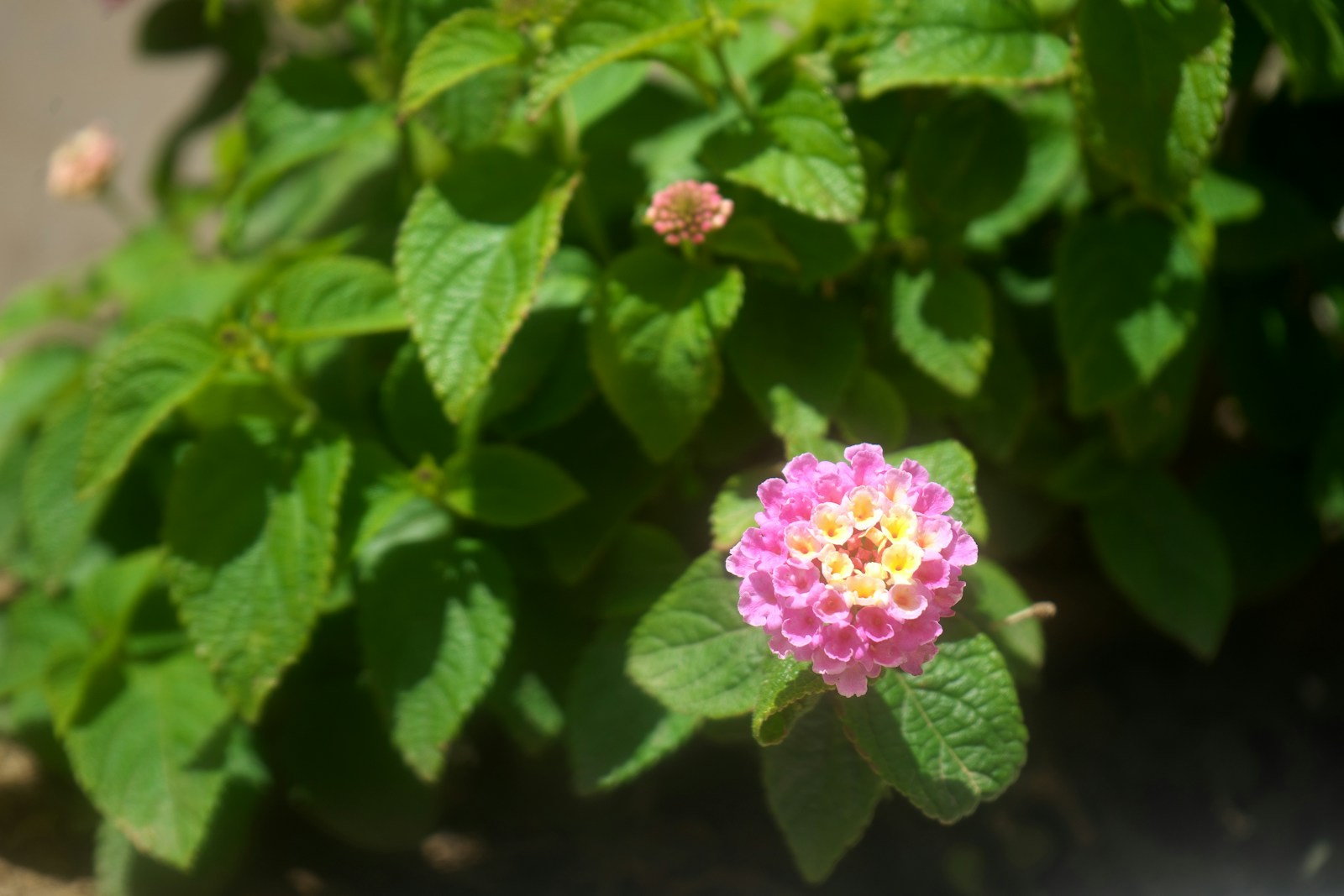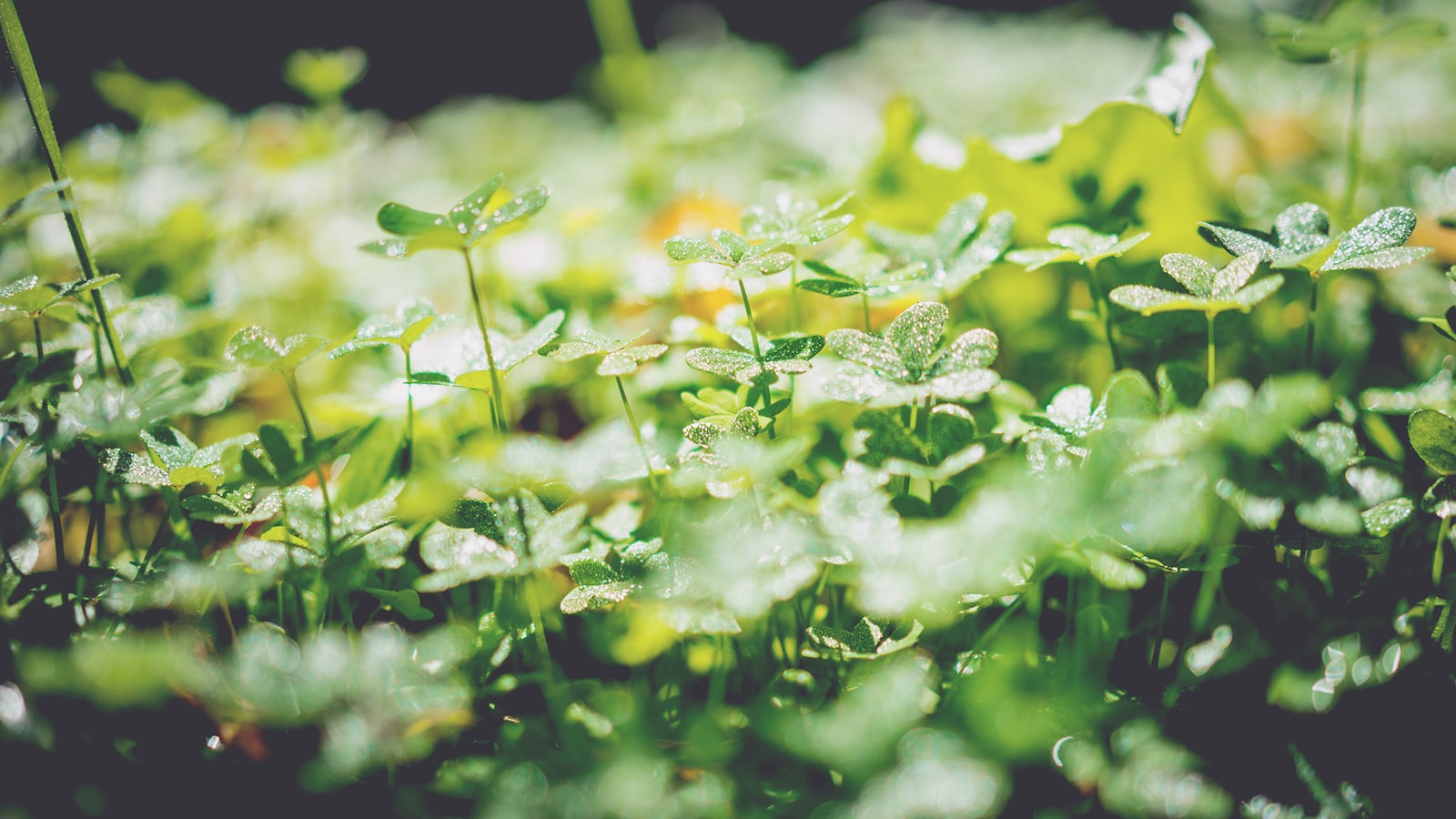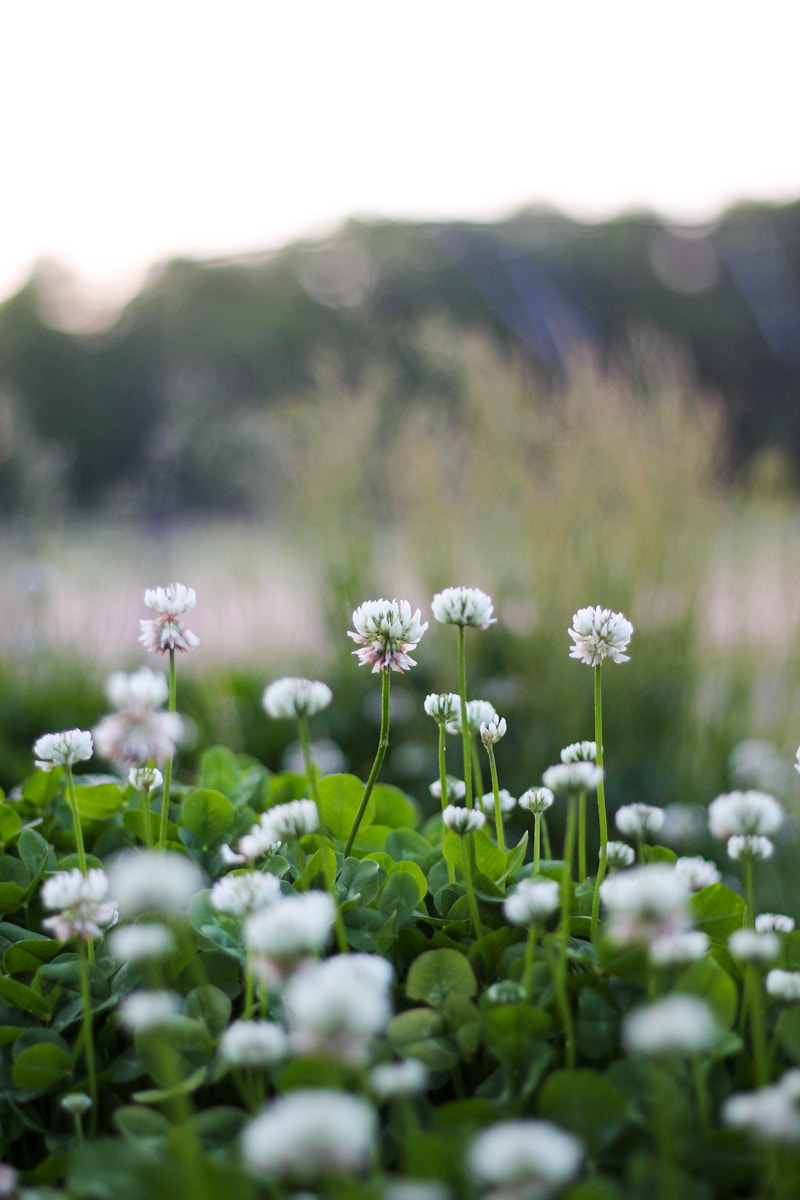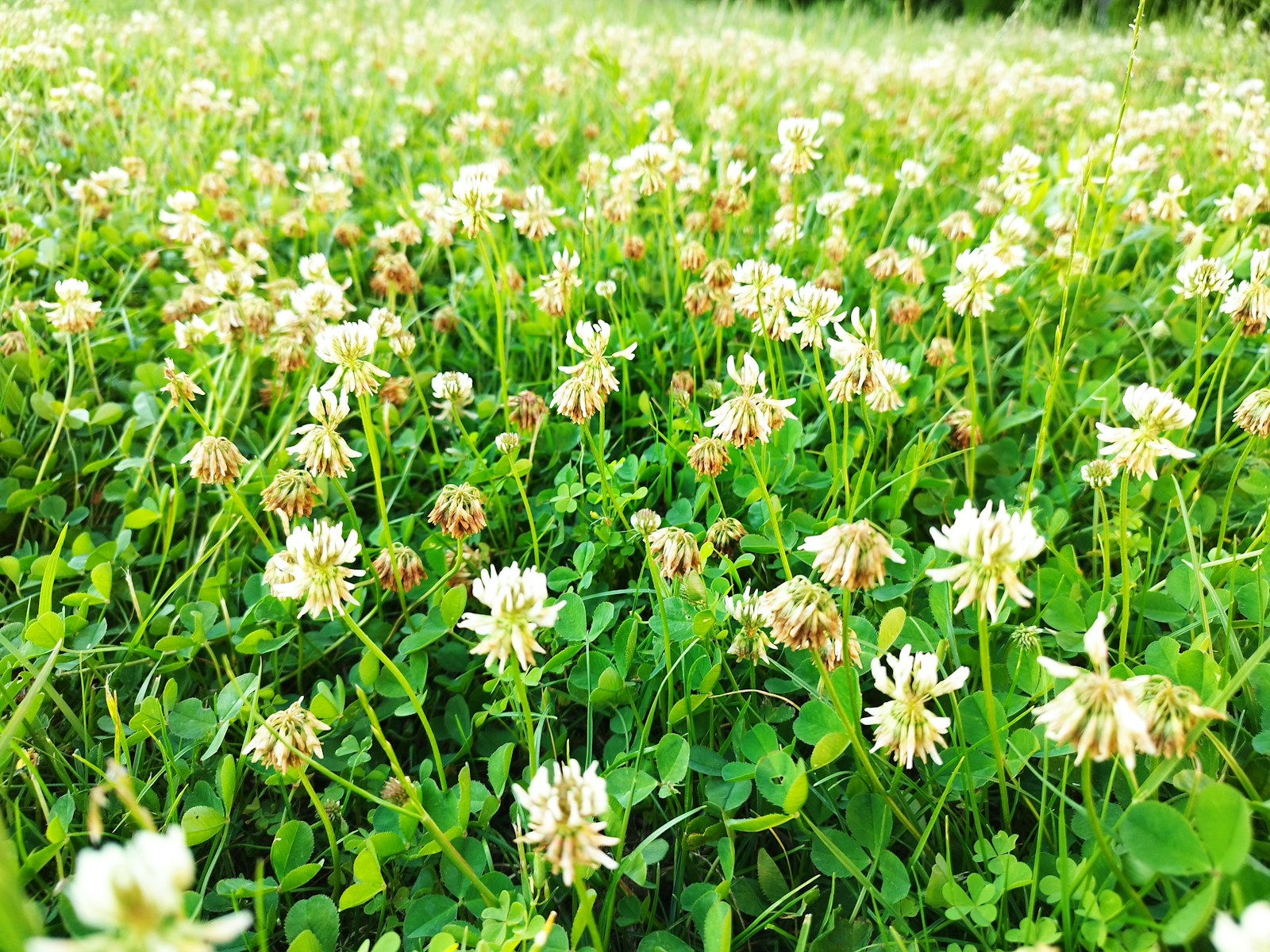When it comes to creating a stunning pool area, the right potted plants can make all the difference. Not only do they add a touch of natural beauty, but they also provide shade, privacy, and a sense of tranquility. But with so many options out there, how do you choose the best potted plants for pool areas? In this guide, we’ll explore the top plant choices, their benefits, and how to care for them to ensure your poolside paradise thrives.
Why Potted Plants Are Perfect for Pool Areas
Potted plants are a fantastic choice for pool areas because they offer flexibility. You can move them around to create different looks or protect them from harsh weather. Plus, they’re easier to maintain than in-ground plants, especially when it comes to controlling soil and water runoff, which can affect your pool’s chemistry.
Top 10 Best Potted Plants for Pool Areas
Here’s a curated list of the best plants to elevate your poolside ambiance:
Bird of Paradise (Strelitzia reginae)
The Bird of Paradise is a showstopper that brings a touch of the exotic to any pool area. Its dramatic, banana-like leaves and vibrant blooms resemble tropical birds in flight, making it a favorite for creating a lush, resort-like atmosphere. This plant is particularly popular in coastal areas like Miami, where its bold aesthetic complements the vibrant outdoor lifestyle. While it’s relatively low-maintenance, its size and striking appearance make it a focal point in any poolside arrangement.
- Why It’s Great: With its large, tropical leaves and striking orange-and-blue flowers, this plant screams luxury.
- Care Tips: Thrives in full sun and well-draining soil. Water regularly but avoid overwatering.
- Best For: Adding a tropical vibe to pools in warm climates like Florida or California.
Hibiscus (Hibiscus rosa-sinensis)
Hibiscus is the ultimate poolside companion for those who love a burst of color. Its large, trumpet-shaped flowers come in shades of red, pink, yellow, and orange, creating a cheerful and inviting vibe. In places like Houston, where summers are long and hot, hibiscus thrives and blooms profusely, adding a festive touch to outdoor spaces. Beyond its beauty, hibiscus is also known for its ability to attract pollinators like hummingbirds, adding life and movement to your pool area.
- Why It’s Great: Known for its vibrant, showy flowers, hibiscus adds a pop of color to any pool area.
- Care Tips: Needs full sun and consistent watering. Prune regularly to encourage blooming.
- Best For: Pool areas in sunny locations like Arizona or Texas.
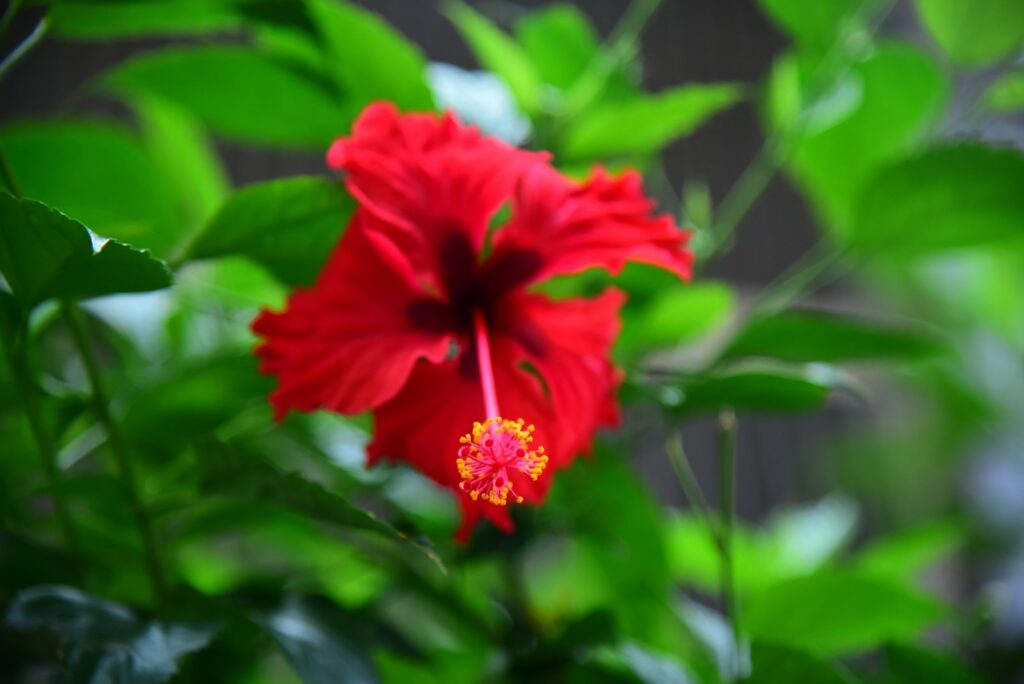
Areca Palm (Dypsis lutescens)
The Areca Palm is a classic choice for pool areas, offering a soft, feathery texture that contrasts beautifully with hardscapes like concrete or tile. Its graceful, arching fronds create a natural canopy, providing light shade and a sense of privacy. In places like San Diego, where the climate is mild year-round, Areca Palms are a staple in outdoor designs. They’re also excellent air purifiers, making them a practical and stylish addition to your poolside retreat.
- Why It’s Great: This palm is low-maintenance and adds a lush, tropical feel.
- Care Tips: Prefers indirect light and moist soil. Mist the leaves to maintain humidity.
- Best For: Creating a resort-like atmosphere in places like Hawaii or Southern California.

Agave (Agave americana)
Agave is the perfect choice for modern, minimalist pool designs. Its bold, architectural form adds a sculptural element that pairs well with clean lines and neutral tones. In arid regions like Las Vegas, agave’s drought tolerance makes it a practical and sustainable option. Beyond its striking appearance, agave is also a conversation starter—its long lifespan and rare blooming cycle (often called the “century plant”) make it a fascinating addition to any outdoor space.
- Why It’s Great: Its sculptural form and drought tolerance make it ideal for modern pool designs.
- Care Tips: Requires minimal watering and thrives in full sun.
- Best For: Desert-inspired pool areas in states like Nevada or New Mexico.

Ferns (Nephrolepis exaltata)
Ferns bring a touch of elegance and softness to pool areas, especially in shaded or partially shaded spots. Their delicate, feathery fronds create a serene, woodland-like atmosphere, perfect for creating a tranquil retreat. In places like Asheville, North Carolina, where lush greenery is a hallmark of the landscape, ferns are a natural fit. They’re also excellent for adding texture and depth to plant arrangements, making them a versatile choice for any poolside design.
- Why It’s Great: Ferns add a soft, elegant touch and thrive in shaded areas.
- Care Tips: Keep the soil moist and place in indirect light.
- Best For: Pool areas with partial shade, such as those in Georgia or North Carolina.
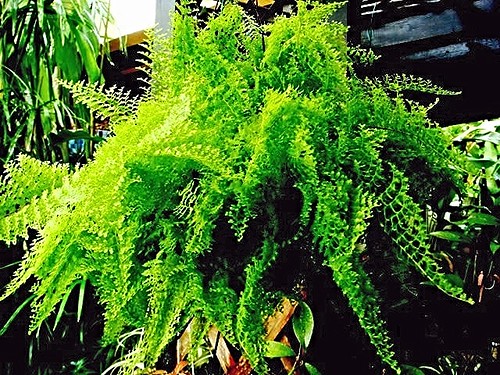
Citrus Trees (Citrus spp.)
Citrus trees are a delightful addition to pool areas, offering both beauty and functionality. Imagine lounging by the pool and plucking a fresh lemon or lime for your drink—it’s the ultimate luxury! In sunny locales like Palm Springs, citrus trees thrive and produce abundant fruit, adding a sensory experience to your outdoor space. Their glossy green leaves and fragrant blossoms also make them a visually appealing and aromatic choice for poolside planting.
- Why It’s Great: Imagine plucking fresh lemons or limes right by your pool!
- Care Tips: Needs full sun and regular watering. Use a well-draining potting mix.
- Best For: Pool areas in warm climates like Florida or Southern California.
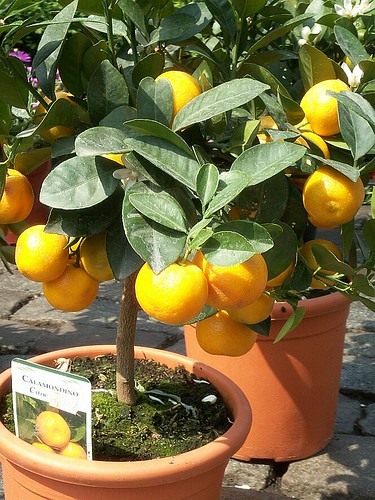
Succulents (Echeveria, Sedum, etc.)
Succulents are the go-to choice for modern, low-maintenance pool areas. Their unique shapes and vibrant colors—ranging from deep greens to purples and blues—make them a versatile design element. In places like Tucson, Arizona, succulents are a natural fit for the desert landscape and require minimal care. They’re also perfect for small spaces or container gardens, allowing you to create eye-catching arrangements without overwhelming your pool area.
- Why It’s Great: These low-maintenance plants come in a variety of shapes and colors.
- Care Tips: Water sparingly and provide plenty of sunlight.
- Best For: Modern, minimalist pool designs in places like Arizona or Utah.

Bougainvillea (Bougainvillea spp.)
Bougainvillea is a vibrant, fast-growing plant that adds a splash of color to any pool area. Its papery bracts in shades of pink, purple, red, and orange create a stunning visual impact, especially when trained to climb trellises or walls. In Mediterranean-inspired pool areas like those in Santa Barbara, bougainvillea is a popular choice for its ability to thrive in warm, sunny climates. Its hardy nature and long blooming season make it a reliable and beautiful addition to your outdoor space.
- Why It’s Great: Its vibrant bracts add a splash of color and can be trained to climb trellises.
- Care Tips: Requires full sun and well-draining soil. Prune after flowering.
- Best For: Mediterranean-style pool areas in California or Florida.

Ornamental Grasses (Pennisetum, Miscanthus, etc.)
Ornamental grasses are a fantastic way to add movement and texture to your pool area. Their swaying blades catch the light and breeze, creating a dynamic and relaxing atmosphere. In places like Denver, Colorado, where the landscape transitions between urban and natural settings, ornamental grasses provide a seamless connection to the outdoors. They’re also incredibly versatile, working well in both contemporary and rustic designs.
- Why It’s Great: These grasses add movement and texture to your pool area.
- Care Tips: Plant in full sun and water moderately.
- Best For: Creating a natural, relaxed vibe in places like Colorado or Oregon.

Lantana (Lantana camara)
Lantana is a hardy, colorful plant that’s perfect for adding a cheerful touch to pool areas. Its clusters of tiny flowers attract butterflies and hummingbirds, bringing your outdoor space to life. In hot, dry climates like Austin, Texas, lantana thrives with minimal care, making it an ideal choice for busy homeowners. Its ability to bloom profusely even in challenging conditions makes it a reliable and vibrant addition to any poolside garden.
- Why It’s Great: Its clusters of colorful flowers attract butterflies and are highly drought-tolerant.
- Care Tips: Thrives in full sun and well-draining soil.
- Best For: Pool areas in hot, dry climates like Texas or Arizona.
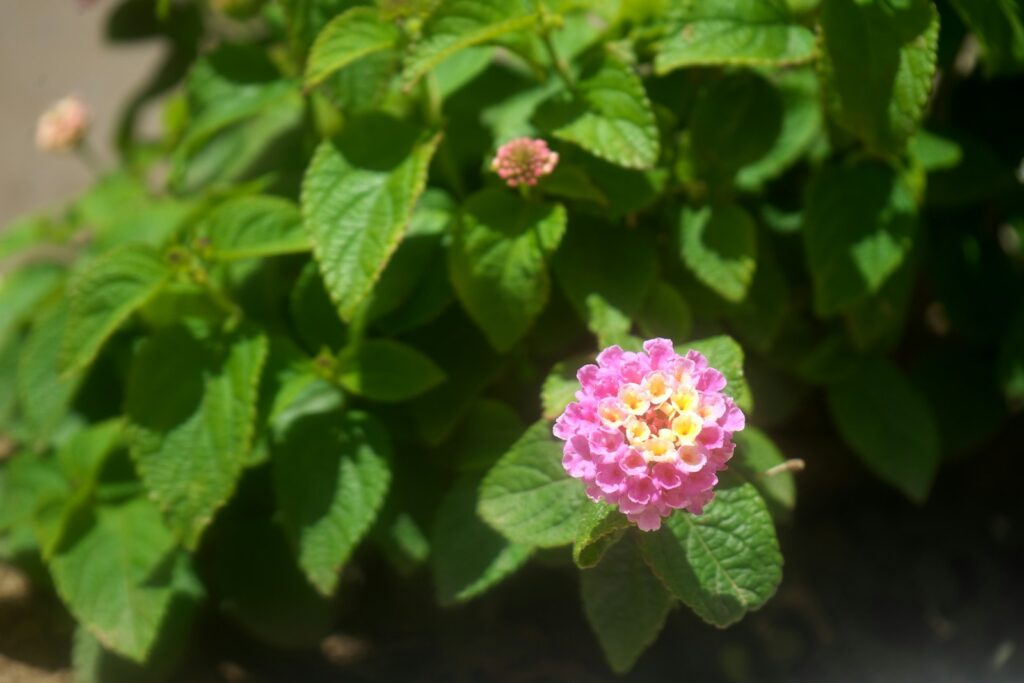
How to Choose the Right Plants for Your Pool Area
Selecting the best potted plants for pool areas depends on several factors:
- Climate: Choose plants that thrive in your region’s weather conditions.
- Sunlight: Consider how much sun or shade your pool area receives.
- Maintenance: Opt for low-maintenance plants if you don’t have a green thumb.
- Aesthetic: Match the plants to your pool’s design theme, whether it’s tropical, modern, or rustic.
Common Mistakes to Avoid
- Overwatering: Excess water can lead to root rot and attract pests.
- Choosing Invasive Plants: Some plants, like bamboo, can spread quickly and damage pool structures.
- Ignoring Pool Chemicals: Chlorine and saltwater can harm certain plants. Choose salt-tolerant varieties if you have a saltwater pool.
Environmental and Sustainability Considerations
When selecting plants, consider native species that require less water and are more resistant to local pests. This not only reduces maintenance but also supports local ecosystems. For example, in California, native plants like California lilac (Ceanothus) are excellent choices.
Real-Life Homeowner Experience
Take it from Sarah, a homeowner in Phoenix, Arizona: “I wanted my pool area to feel like a desert oasis. I chose agave and succulents, and they’ve been thriving despite the heat. Plus, they require almost no maintenance, which is perfect for my busy schedule.”
Step-by-Step Guide to Arranging Potted Plants Around Your Pool
- Assess Your Space: Measure the area and note sunlight patterns.
- Choose a Focal Point: Place larger plants like palms or citrus trees in key spots.
- Layer Plants: Use varying heights and textures for visual interest.
- Add Color: Incorporate flowering plants like hibiscus or lantana.
- Use Planters: Select durable, weather-resistant pots that complement your pool’s design.
Troubleshooting Tips
- Yellow Leaves: Could indicate overwatering or nutrient deficiency. Adjust watering and consider fertilizing.
- Pests: Use organic pest control methods like neem oil.
- Wind Damage: Secure tall plants with stakes to prevent them from toppling over.
Final Thoughts
Transforming your pool area with the best potted plants is a surefire way to create a relaxing, visually stunning outdoor retreat. By choosing the right plants for your climate and design preferences, you can enjoy a low-maintenance, eco-friendly oasis that enhances your home’s appeal.
